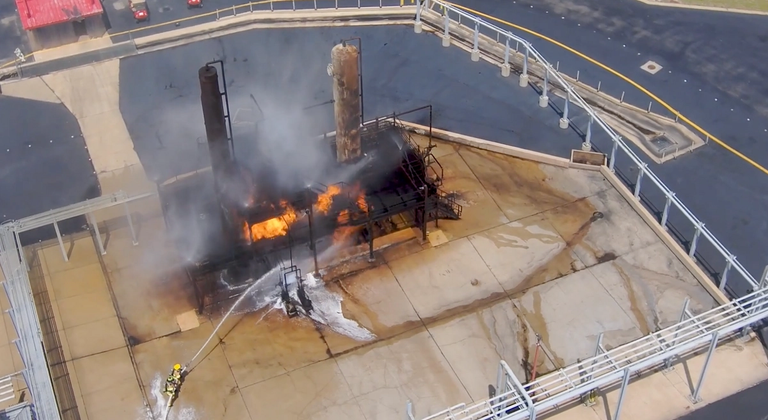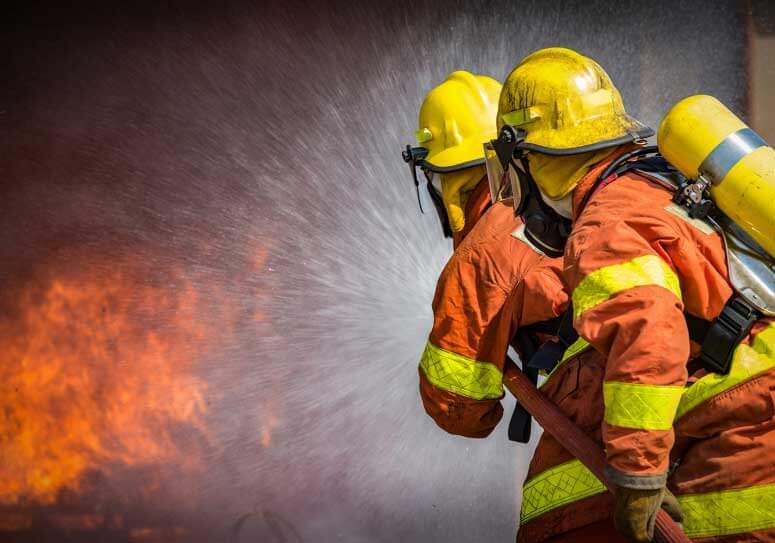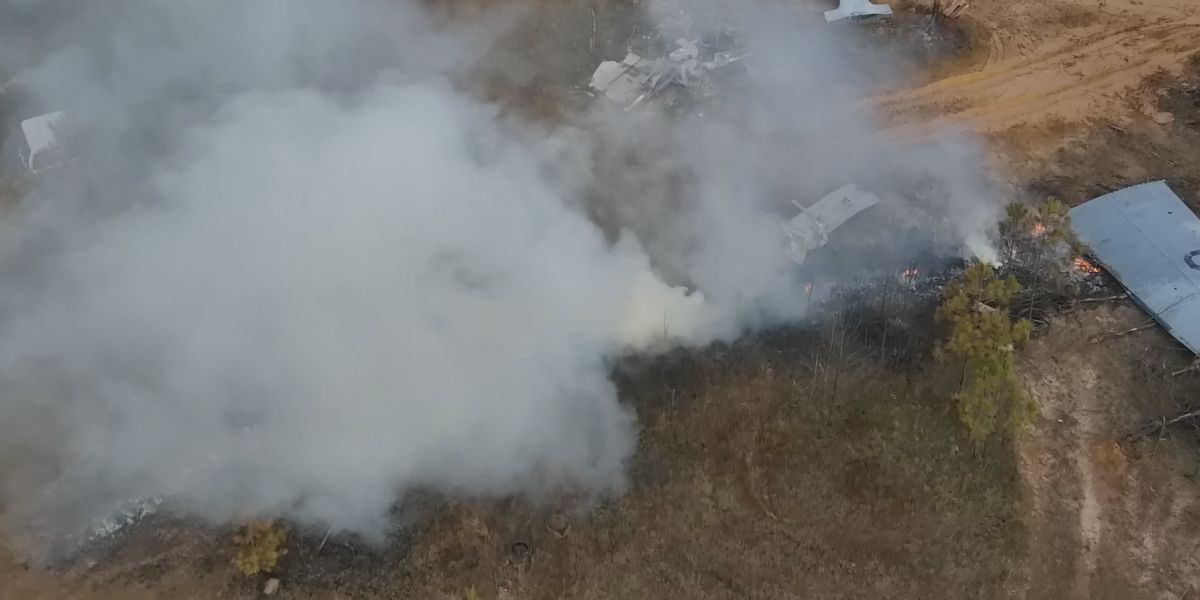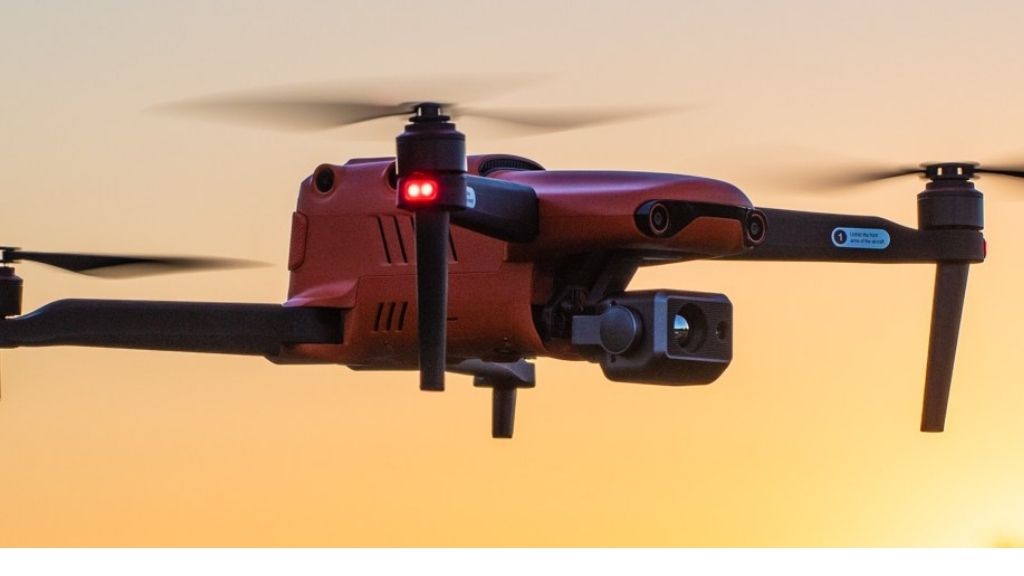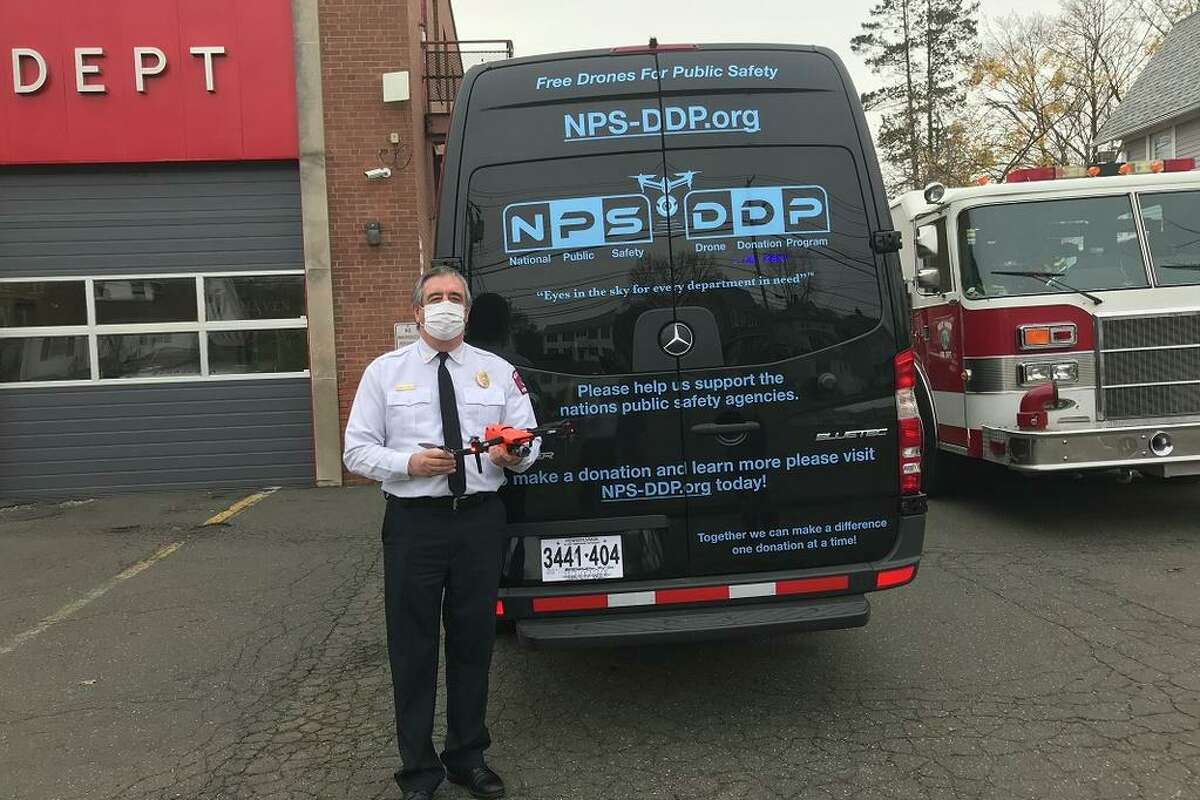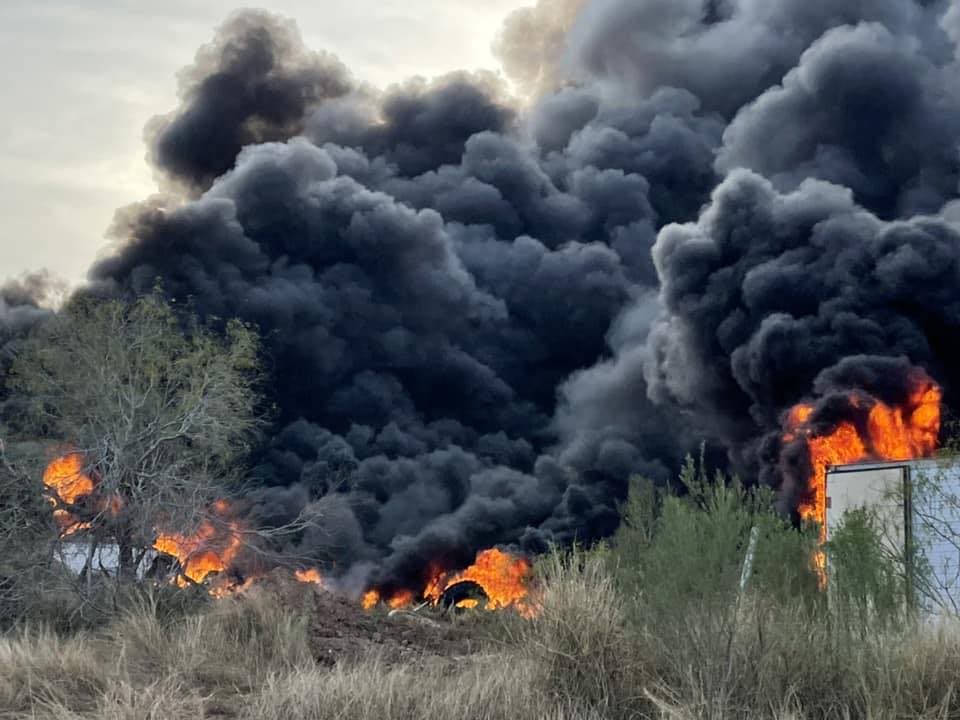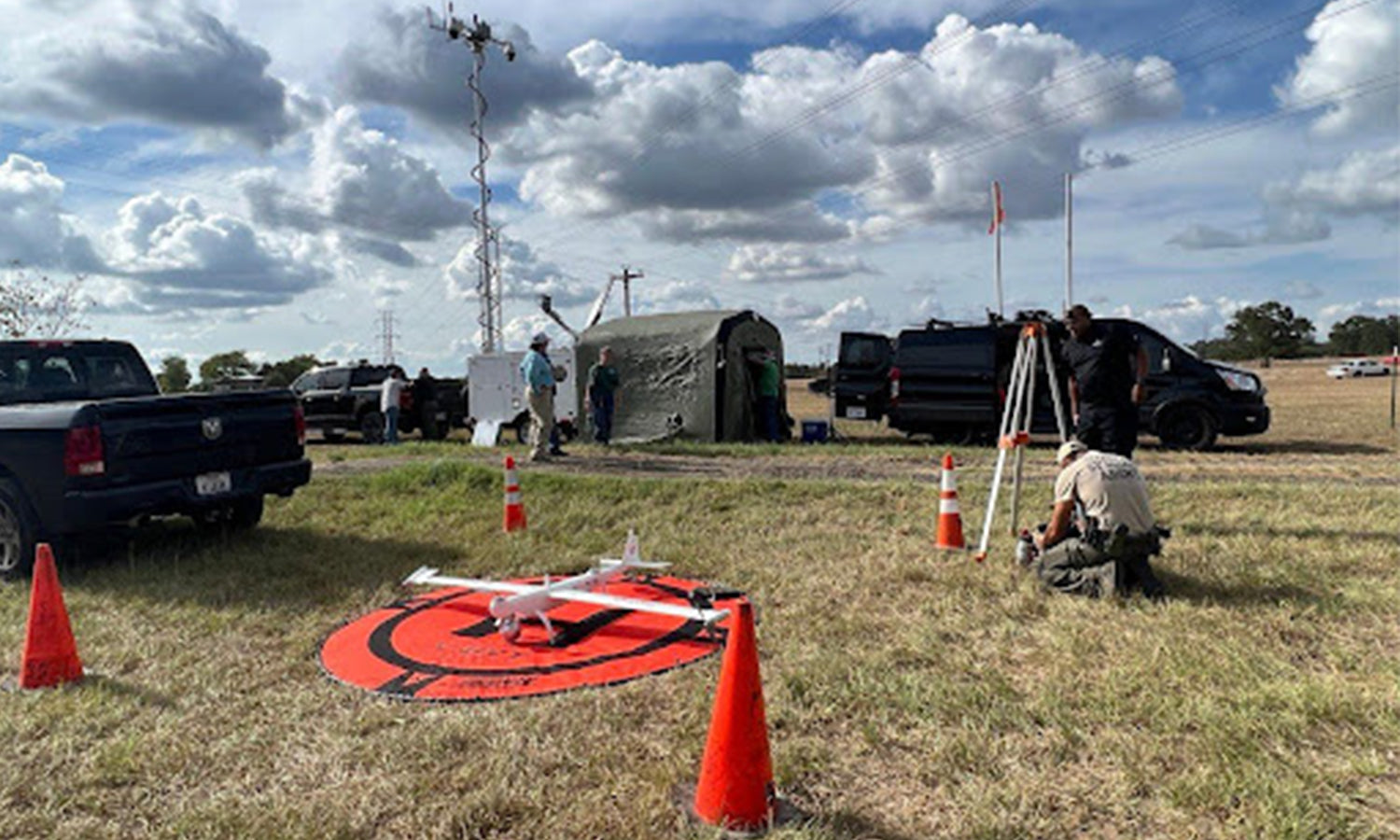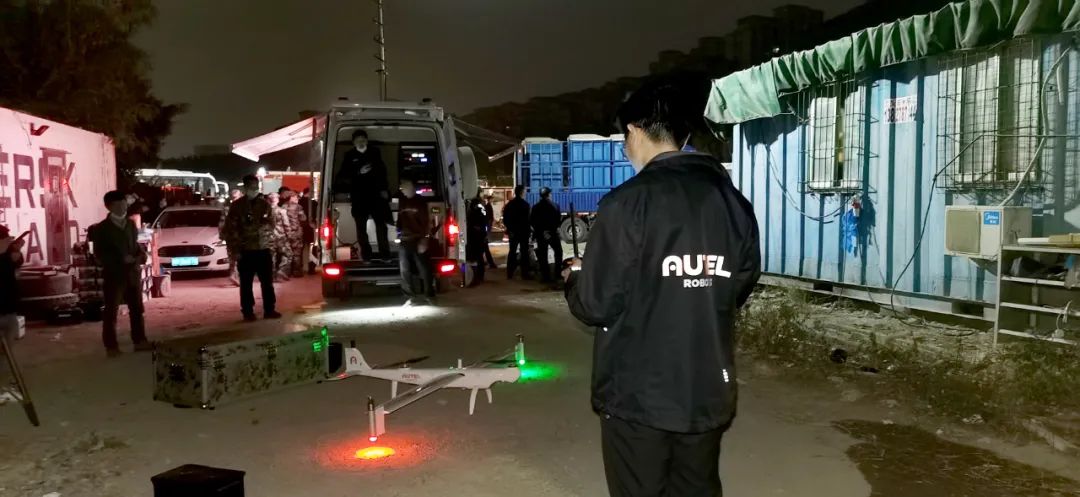Fire is a serious disaster that often spreads rapidly, causing huge losses to people's lives and property. In order to respond to fires more efficiently, more and more people are paying attention to the application of drones at fire scenes. Firefighting Drones are one such powerful drone.
Firefighting Drones are usually equipped with cameras, thermal imaging sensors, lidar and other equipment, which can monitor fires in real time from the air and identify the fire source and fire intensity. These devices can also help fire rescue personnel determine the best plan of attack and where to locate safe areas. In addition, Firefighting Drones can also carry equipment such as water tanks and sprinkler pipes to accurately spray water in the air to effectively extinguish fire sources.
Compared with traditional manual fire fighting methods, Firefighting Drones have many advantages. First, they can fly to high altitudes or hard-to-reach places, and can quickly respond and deal with large-scale fires; second, they can perform tasks in dangerous environments to ensure personnel safety; finally, they have higher work efficiency and precision. , can better meet the needs of rescue work.
Overall, Firefighting Drones are a very practical drone equipment and are playing an increasingly important role at fire scenes. In the future, with the continuous advancement of technology, Firefighting Drones will expand to more application scenarios and become a powerful assistant in our disaster relief work.
How drones are used for firefighting?
Aerial reconnaissance: Providing high-resolution images and videofootage to help firefighters understand the fire, identify hazards, andplan response strategies.
Real-time monitoring: Transmit live video feeds to the command center,aiding decision-making, resource coordination, and adaptive firefighting tactics
Safety assessment: Evaluate building integrity, identifying collapse risks,compromised structures, and hazardous materials in inaccessible areas.
Deliveryofessential supplies: Transport lightweight equipment andmedical supplies to firefighters or trapped individuals, especially when accessroutes are compromised or time is critical.
Fire suppression support: Specialized firefighting drones with fireretardants or water cannons assist in extinguishing flames from above anddirecting suppressants to specific areas.
Search and rescue assistance: Survey the building, locate stranded orinjured individuals, and relay their coordinates for rescue teams.
Communication relay: Act as mobile signal boosters,enhancingcommunication capabilities for firefighters and emergency personnel in areaswith weakened or blocked signals.

Fire Deparment Drone Reouirements
Types of Certificate of Waiver/Authorization (COA) to operate a small unmanned aircraft in the nationaairspace as a public aircraft operator for a public safety agency:
Blanket Area Public Safety (BAPS) COA-Allows operation under 14 CFR part 107 rules.
Jurisdictional COA- Allows operations in Class D, E and C airspace as well as operations conducted atnight. Must file a Notice to Airman (NOTAM) prior to flight.
Emergency COA- Allows for the one time operation of the UAS at that location based on animminent risk to life type event where mannedaircraft may need to be available or the risk to manned
Firefighting Drones News & Blogs






